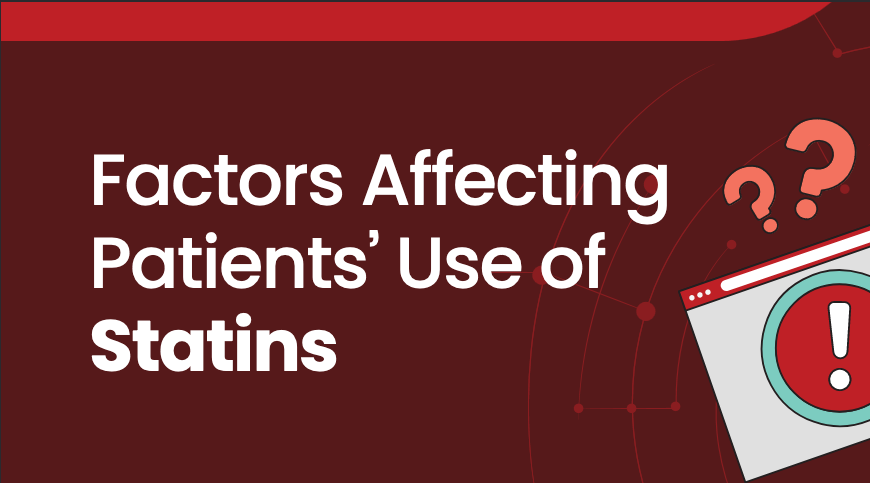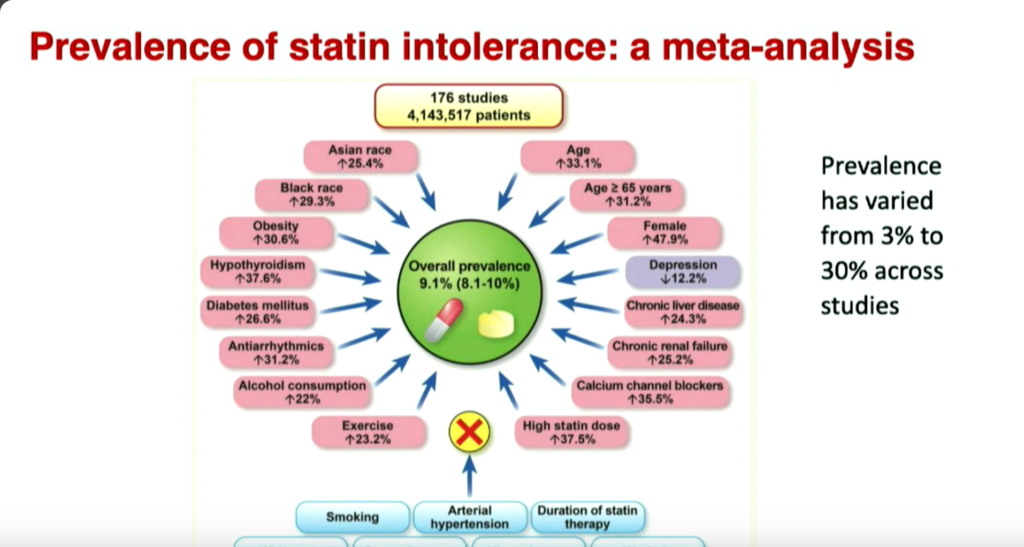
Reducing LDL-Cholesterol to Limit Risk for Atherosclerosis
First infographic of the series based on the “Approaches for Management of Statin Intolerant Patients” webinar.

First infographic of the series based on the “Approaches for Management of Statin Intolerant Patients” webinar.

Second infographic of the series based on the “Approaches for Management of Statin Intolerant Patients” webinar.

Third infographic of the series based on the “Approaches for Management of Statin Intolerant Patients” webinar.

Fourth infographic of the series based on the “Approaches for Management of Statin Intolerant Patients” webinar.

Experts review the mechanics of LDL and its causal relationship with atherogenesis, outline the burden of statin intolerance, and share recent research findings concerning bempedoic acid.

This guidance provided by IAS member society JAS gives recommendations on the prevention of ASCVD.
The IAS e-Newsletter is a digest of the latest from the IAS and its Constituent Member Societies.
Going beyond statins, this resource provides the latest information about primary prevention for clinicians.